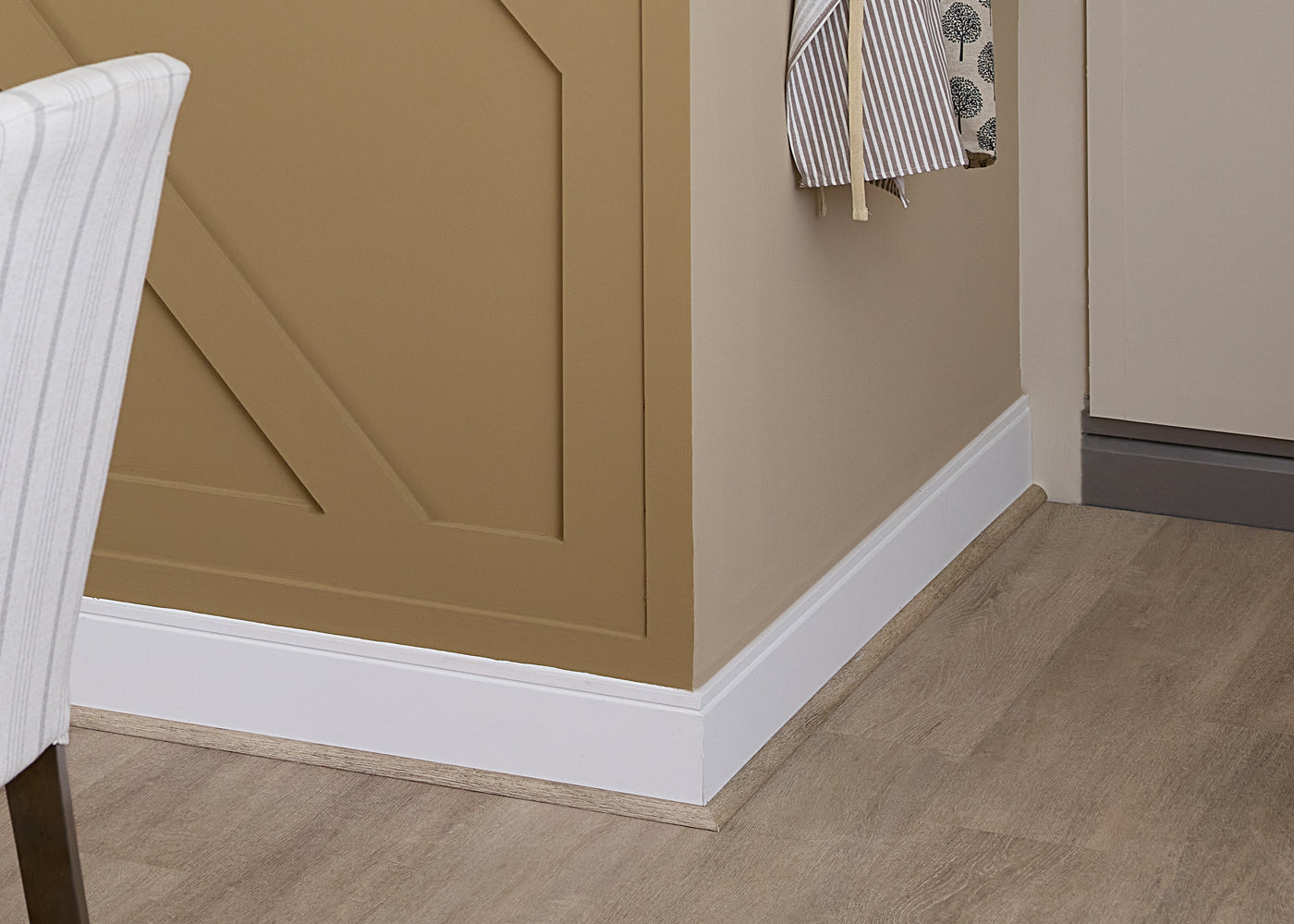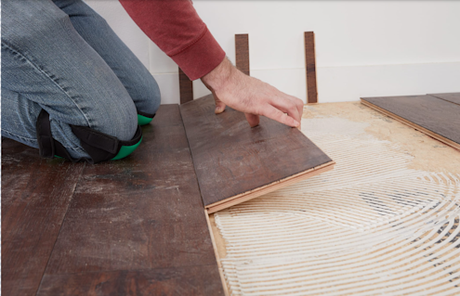Lumber Liquidators
WM106 11/16 in. Thick x 11/16 in. Tall x 8 ft. Length MDF Painted White Quarter Round
$0.43$0.84/LFT$3.44$6.88/eachUnit price /UnavailableLumber Liquidators
WM623 1/2 in. Thick x 3-1/4 in. Tall x 8 ft. Length MDF White Painted Baseboard
$0.78$1.56/LFT$6.28$12.56/eachUnit price /UnavailableLumber Liquidators
WM623 1/2 in. Thick x 3-1/4 in. Tall x 12 ft. Length MDF White Painted Baseboard
$0.78$1.56/LFT$9.42$18.84/eachUnit price /UnavailableLumber Liquidators
WM106 11/16 in. Thick x 11/16 in. Tall x 12 ft. Length MDF Painted White Quarter Round
$0.44$0.84/LFT$5.22$10.44/eachUnit price /UnavailableLumber Liquidators
WM126 1/2 in. Thick x 3/4 in. Tall x 12 ft. Length MDF White Painted Shoe Molding
$0.38$0.72/LFT$4.62$9.24/eachUnit price /UnavailableLumber Liquidators
WP432E PFJ 9/16 in. Thick x 5-1/2 in. Tall x 8 ft. Length White Baseboard
$1.29$2.52/LFT$10.28$20.56/eachUnit price /UnavailableLumber Liquidators
LWM 163E7P 9/16 in. Thick x 7-1/4 in. Tall x 8 ft. Length PFJ White Primed Colonial Baseboard
$3.19/LFT$25.52/eachUnit price /UnavailableLumber Liquidators
LWM 163E7P 9/16 in. Thick x 7-1/4 in. Tall x 12 ft. Length White PFJ Baseboard
$2.99/LFT$35.88/eachUnit price /UnavailableLumber Liquidators
WM163 9/16 in. Thick x 5-1/4 in. Tall x 8 ft. Length Painted MDF Baseboard
$0.89$1.68/LFT$7.08$14.16/eachUnit price /UnavailableLumber Liquidators
WM445 PFJ 11/16 in. Thick x 3-1/4 in. Tall x 8 ft. Length White Casing
$0.78$1.56/LFT$6.28$12.56/eachUnit price /UnavailableLumber Liquidators
WM99 PFJ 11/16 in. Thick x 3-1/2 in. Tall x 8 ft. Length White Casing
$0.89$1.68/LFT$7.08$14.16/eachUnit price /UnavailableLumber Liquidators
WM S4S 23/32 in. Thick x 7-1/4 in. Tall x 12 ft. Length PFJ Craftsman Baseboard
$1.74$3.36/LFT$20.82$41.64/eachUnit price /UnavailableLumber Liquidators
LWM163EP 9/16 in. Thick x 5-1/4 in. Tall x 8 ft. Length PFJ White Primed Colonial Baseboard
$2.79/LFT$22.32/eachUnit price /UnavailableLumber Liquidators
WM412 PFJ 11/16 in. Thick x 3-1/2 in. Tall x 8 ft. Length White Casing
$1.09$2.16/LFT$8.68$17.36/eachUnit price /UnavailableLumber Liquidators
WMPM2009Z 9/16 in. Thick x 5-1/2 in. Tall x 12 ft. Length Modern Farmhouse Step Bevel Baseboard
$1.74$3.36/LFT$20.82$41.64/eachUnit price /UnavailableLumber Liquidators
LWM49 PFJ 9/16 in. Thick x 3-5/8 in. Tall x 12 ft. Length White Crown
$0.74$1.44/LFT$8.82$17.64/eachUnit price /UnavailableLumber Liquidators
WM361 11/16 in. Thick x 2-1/2 in. Tall x 8 ft. Length White Casing
$0.68$1.32/LFT$5.48$10.96/eachUnit price /UnavailableLumber Liquidators
WM S4S 23/32 in. Thick x 7-1/4 in. Tall x 8 ft. Length PFJ Craftsman Baseboard
$1.74$3.36/LFT$13.88$27.76/eachUnit price /UnavailableLumber Liquidators
LWM163EP 9/16 in. Thick x 5-1/4 in. Tall x 12 ft. Length PFJ White Primed Colonial Baseboard
$2.79/LFT$33.48/eachUnit price /UnavailableLumber Liquidators
WM105 3/4 in. Thick x 3/4 in. Tall x 8 ft. Length Waterproof White Paintable Quarter Round
$0.99/LFT$7.92/eachUnit price /UnavailableLumber Liquidators
WM713 PFJ 9/16 in. Thick x 3-1/4 in. Tall x 8 ft. Length White Baseboard
$0.84$1.56/LFT$6.68$13.36/eachUnit price /UnavailableLumber Liquidators
WMP618B 19/32 in. Thick x 5-1/2 in. Tall x 12 ft. Length Vintage Industrial Baseboard
$3.99/LFT$47.88/eachUnit price /UnavailableLumber Liquidators
WM623 9/16 in. Thick x 3-1/4 in. Tall x 8 ft. Length PFJ White Primed Colonial Baseboard
$1.59/LFT$12.72/eachUnit price /UnavailableLumber Liquidators
WM129 9/16 in. Thick x 3/4 in. Tall x 8 ft. Length PFJ White Primed Shoe Molding
$0.84/LFT$6.72/eachUnit price /Unavailable









































